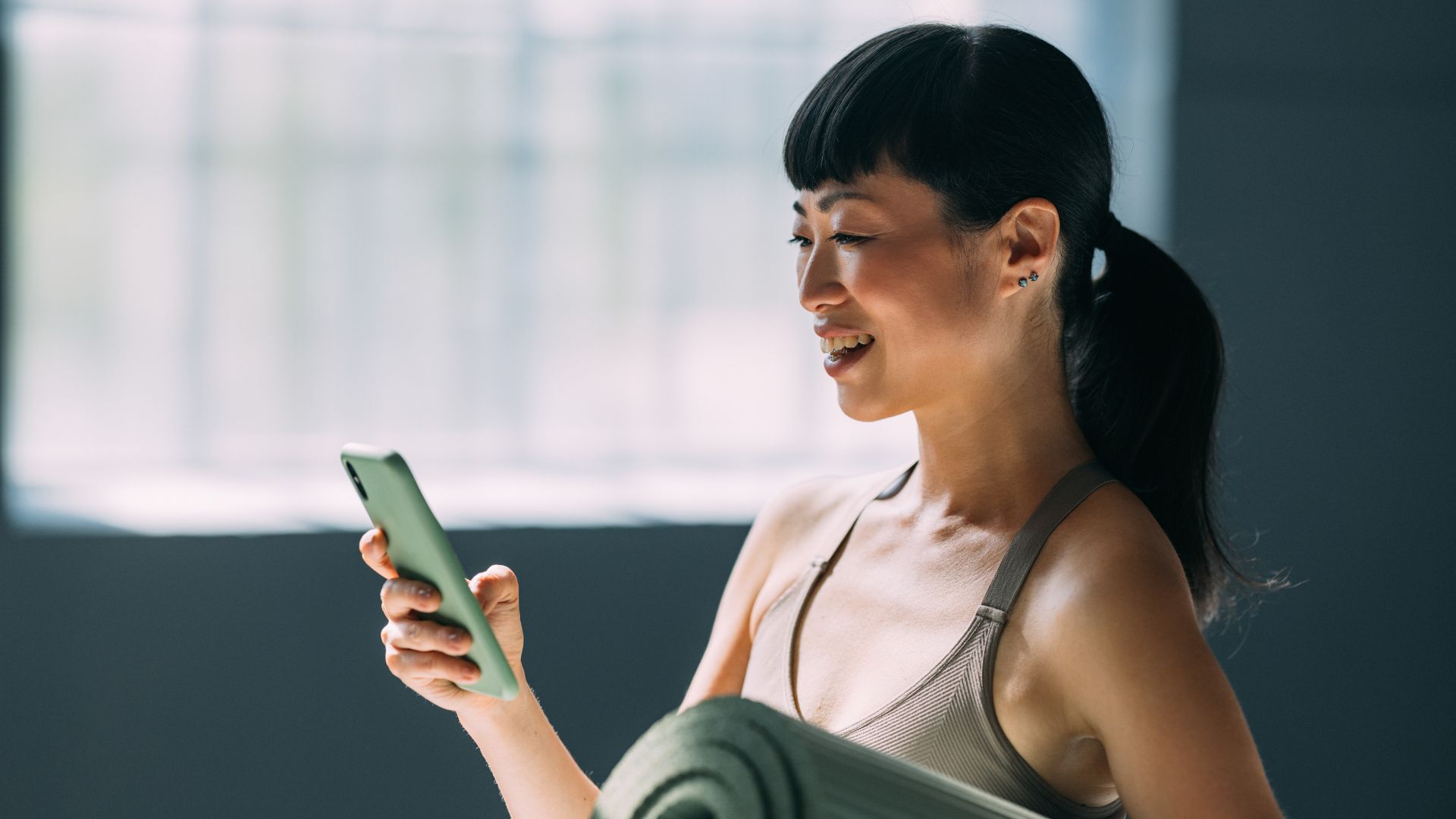Goodbye, plank - I swapped my exercises for dead bugs, now my core's stronger than ever
You might think the plank is the key to a strong core, but think again


I swapped the classic plank for a dead bug - a similar exercise that works the core, hip flexors, lower back, and pelvic floor - and after a month of routine, I'm never going back
The plank is a failsafe core exercise. It works the core muscles and helps with stability. However, it's not everyone's favourite - me included.
I wondered if there was another exercise that could offer all the same benefits. Given there are almost endless core exercises to do at home, it didn't take long to find one that mirrored it almost exactly.
As the name suggests, you do a dead bug lying on your back rather than your front, which is easier on the joints and lower back. While I'd tried the movement in various Pilates abs workout classes and even in a dumbbell core workout once, it wasn't an exercise I was too familiar with.
With my yoga mat in hand, though, I swapped my planks for dead bugs during my regular home workouts over two weeks and six workouts. If I get my way, you won't find me doing a plank again.
What is a dead bug?
The dead bug is an exercise for the core muscles primarily, but it also engages muscles in the back, hips, and pelvic floor, making it a winner for anyone looking to build full-body strength.
It involves lying on your back and extending the opposite arm and leg, while bracing your core and pressing your lower back into the floor.
Sign up to our free daily email for the latest royal and entertainment news, interesting opinion, expert advice on styling and beauty trends, and no-nonsense guides to the health and wellness questions you want answered.
Unlike some core exercises, it mirrors real-life movement too, making it one of the best exercises for longevity. "We are constantly moving our limbs in different directions while needing our core to stay stable, and dead bugs train precisely this skill," says Rachael Sacerdoti, a certified personal trainer, strength specialist, and the founder of It's So Simple. "They teach your body to maintain perfect spinal alignment while your arms and legs are moving independently. This translates to better posture, more control, and improved balance."
The dead bug is the opposite of the bird dog exercise, which involves a four-point kneeling position and extending opposite arms and legs away from the centre of the body.
How to do dead bugs
- With a yoga mat underneath you (I use a thick yoga mat as it offers more support for my back), lie down on your back with your knees bent.
- Bring your knees up into a 'tabletop' position (that's with your knees bent at 90 degrees), making sure to keep a natural curve in your spine.
- Make sure your lower back stays on the floor, though.
- Raise your arms and point them straight up to the ceiling.
- Push your right leg forwards while raising your left arm over your head at the same time. Make sure to do it in a controlled manner, so you can keep your core engaged.
- Bring your arm and leg back to the starting position.
- Switch and repeat the movement on the other side.
Can you do dead bugs with weights?
Absolutely. "Adding weights to your routine is a brilliant way to challenge your core even further. I'd recommend progressing to dead bugs with weights, but only once you've mastered the basic movement," says Sacerdoti. "It's a simple way to increase the intensity, without compromising your form."
How to do dead bugs with weights
- Start with light dumbbells or wrist weights, says Sacerdoti.
- Remember to keep your lower back gently pressed into the mat throughout the movement.
- If you feel your back arching, you've gone too heavy too soon, she warns.
- If two weights are too much, start with a single dumbbell with both hands above your chest while performing the leg movements.
- Once that feels comfortable, graduate to holding weights in each hand and/ or adding ankle weights for that extra burn.
What muscles do dead bugs work?
- Core muscles: This includes the rectus abdominis, the muscles that run straight down the middle of the belly; the transverse abdominis, stabilising muscles that wrap around the spine; and the obliques, muscles on both sides of your middle that help with rotating and bending over sideways.
- Hip flexors: If you're a runner, hiker, or cyclist, you'll know the importance of strong hip flexors. These muscles sit at the front of the hip and help you bend your legs.
- Pelvic floor muscles: These sit in a sling between the front of the pelvis and the tailbone, supporting our organs.
- Lower back muscles: This includes the erector spinae muscles and the multifidus, which sit around the spine and help you bend over and sit up straight, among many other daily and essential movements.
Plank vs dead bugs
- For beginners: If you're new to doing strength training at home, then the plank or the deadbug is a good option. "They're perfect for women at any fitness level, whether you're just starting your wellness journey or looking to enhance your existing routine," says Sacerdoti.
- For convenience: "Both of these body-transforming exercises require minimal equipment but deliver maximum results," she says. "You can also fit them into a busy schedule."
- For everyday life: As discussed, the dead bug can help you stay mobile for longer in life. "They are an absolute game-changer for anyone needing functional strength," she says.
- For lower back pain: If you're like me and the plank doesn't agree with your lower back, then try dead bugs. "As they are performed lying down, they are ideal if you're managing wrist issues or that niggling lower back pain that just won't quit," she says.
- For endurance: That being said, if you're looking to build endurance in your core, then planks will likely be the better choice. "They work wonders for your entire core, building up that enviable endurance when performed correctly," says Sacerdoti. "When your hips start to sag, you're not getting those tummy-tightening benefits anymore."

Grace Walsh is woman&home's Health Channel Editor, working across the areas of fitness, nutrition, sleep, mental health, relationships, and sex. She is also a qualified fitness instructor. In 2025, she will be taking on her third marathon in Brighton, completing her first ultra marathon, and qualifying as a certified personal trainer and nutrition coach.
A digital journalist with over seven years experience as a writer and editor for UK publications, Grace has covered (almost) everything in the world of health and wellbeing with bylines in Cosmopolitan, Red, The i Paper, GoodtoKnow, and more.
